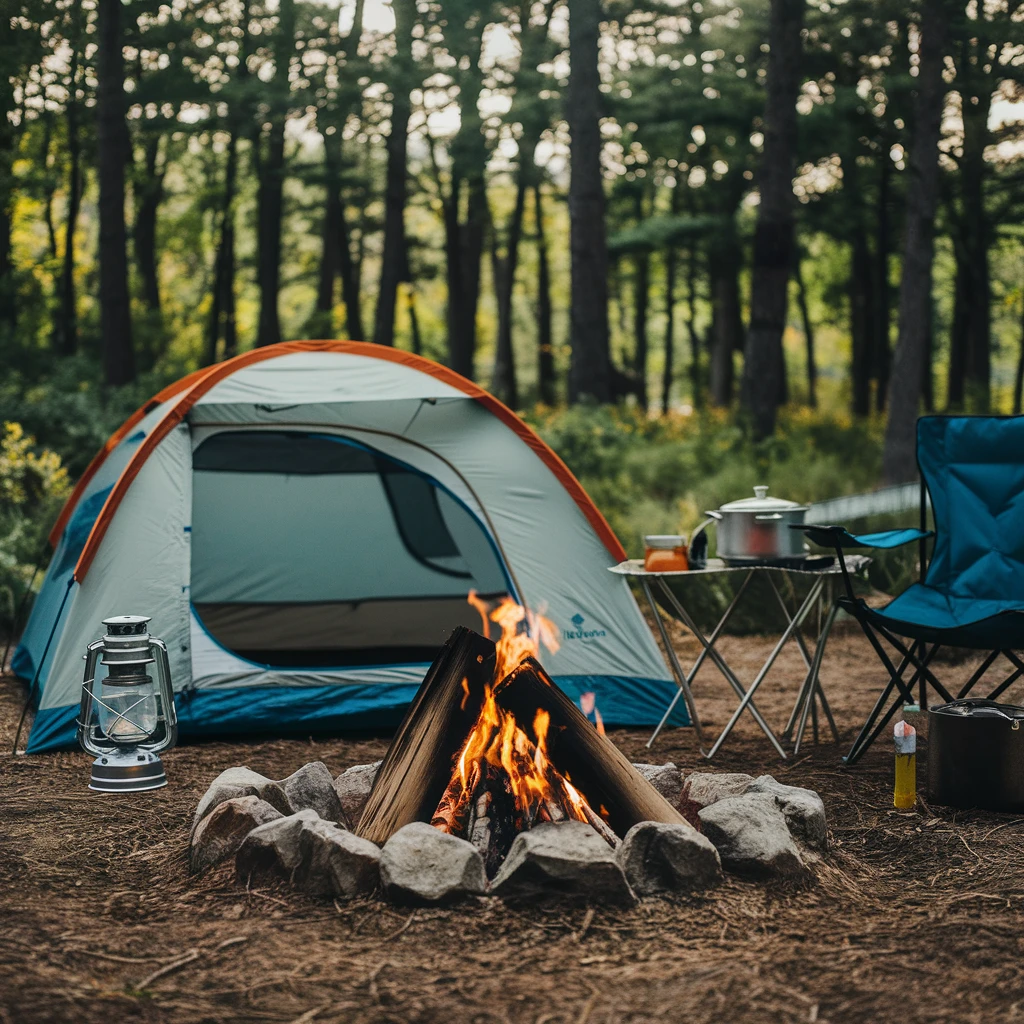Hydrolocked Engine - Water In The Engine & How To Avoid It
Water is great stuff to take with you when you set out on an off road trip, but only if it’s in the right place. Water in your storage containers or your billy is good; water in your sleeping bag is not. Worst of all? That would be water in your engine.
It’s depressingly easy to get water in your engine. If the intake goes under while you’re crossing a river, that’ll do it right away. A snorkel avoids that risk, but there’s another one to consider. Usually, gas pressure will keep water out of the exhaust system, but if the engine stalls water will quickly flow in – and, if you’re in deep enough, the engine will quickly flood.
If you’re driving through water and your engine stalls, don’t try to restart it. If it’s flooded that’s just about the worst thing you could do. All internal combustion engines generate power by compressing a mix of fuel and air in their cylinders, so the valves are timed to be closed during the compression stroke. Try that with a flooded engine and your pistons are trying to compress water – which, unlike air, can’t be compressed. You might be lucky and just wreck your starter motor, but more likely either valves or con rods will bend or break.
So you’re in the water and stalled; what do you do next? The first thing is to get the vehicle onto dry land with your winch, by getting a tow or by pushing if you have to. The minimum you need is to have the air intake and exhaust above the surface. Then you can get started on clearing the water out of the engine.
The way to do this is to give the water in the cylinders a way out, then turn the engine over. With a petrol engine you need to remove all the spark plugs; with a diesel, the glow plugs need to come out. That opens a hole in each cylinder. Then you need to get the crankshaft turning. This will force each piston to the top of its cylinder, forcing the water out through the plug seats.
To crank the engine you can simply use the starter motor, but this is a bit messy; the water will be expelled, but so will the fuel that’s just been injected into the engine. A cleaner solution is to get your socket set out, fit one to the crank pulley and turn it over manually. This is slower and more complicated, but you won’t be injecting fuel and the water will flow out the tops of the cylinders instead of being ejected under pressure.
Once you’re happy that the cylinders are as clear as you can get them, check the rest of the system for water. Make sure the intake tubes and air filter are dry – any water in there will get sucked straight into the engine when you start up, and it can easily be enough to cause damage. If it’s a diesel check the water trap.
With everything checked and dry, replace the plugs and start the engine. It should fire up normally. It’s still a good idea to get it thoroughly checked as soon as you can, though – some damage could have been caused as it stalled. On the bright side, that won’t be anywhere near as much as what would have happened if you’d tried to restart it with water in the cylinders!







